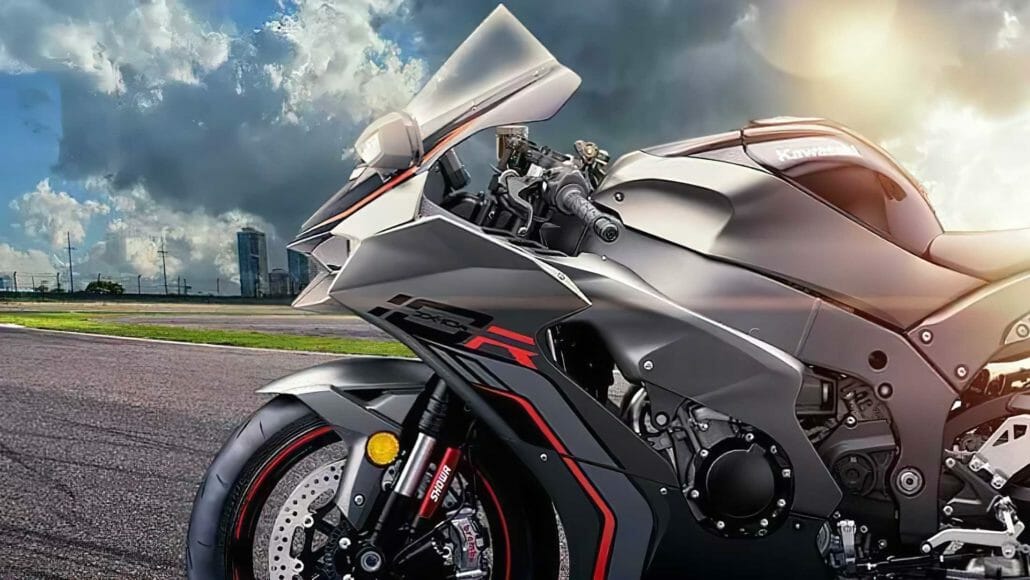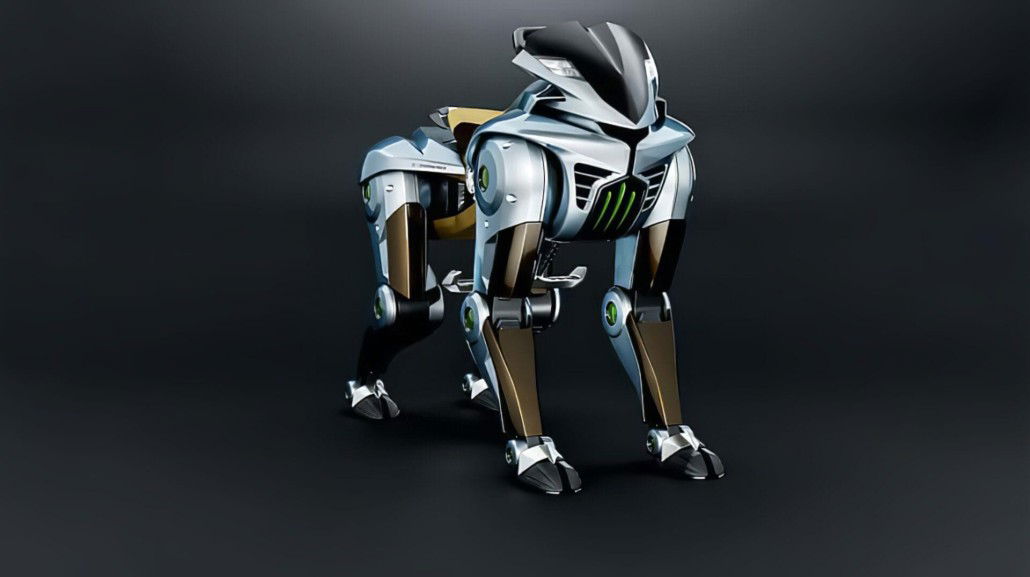The return of the two-stroke legend?
At the end of January 2025, Kawasaki published a short teaser entitled “We Heard You” on its Instagram page. The video shows comments from fans wishing for the return of the two-stroke. The characteristic two-stroke sound that concludes the video suggests pre-compression in the crankcase – a classic feature of two-stroke engines.
But the big surprise lies in the patented technologies that Kawasaki submitted back in July 2024. These include an advanced system with mechanically operated intake valves, direct injection and a turbo. The engine is designed to be more efficient, cleaner and powerful at the same time.
What makes this engine special?
Traditional two-stroke engines were banned in many countries due to their high emissions and inefficient combustion. Kawasaki is trying to remedy these weaknesses with innovative approaches. Some of the highlights of the new engine:
- – Direct injection: this system minimizes the loss of unburned fuel that would otherwise escape through the exhaust.
- – Mechanically operated intake valves: A first for two-stroke engines, enabling more precise control of the air-fuel mixture.
- – Turbocharging: The turbo provides an increased air supply, which promises more efficient and cleaner combustion.
This combination promises not only better fuel efficiency, but also lower emissions – an important step towards making the two-stroke engine fit for the future.
Possible areas of application
It is not yet clear in which vehicle the new engine will be used. Some speculate that it was developed for off-road motorcycles or closed racetracks, as two-strokes are still not permitted on public roads in many countries. It could also conceivably be integrated into Kawasaki’s existing KX250 series or – less popular with fans – into a hybrid vehicle, possibly with hydrogen.
The importance of the turbo
The use of a turbo in a two-stroke engine is unusual, as these engines traditionally do without such systems. However, the turbo has several advantages: it ensures clean combustion through excess air in the combustion chamber and at the same time enables an increase in performance. This makes the engine more efficient without losing the characteristic advantages of a two-stroke engine – low weight and high performance.
Conclusion
With the announcement of its new two-stroke engine, Kawasaki has once again shown that it is prepared to rethink old technologies. Whether the engine will ultimately be used in a classic off-road machine, a road motorcycle or a hybrid solution remains to be seen. What is certain, however, is that the combination of modern technology and the classic “Rängdängdäng” sound is guaranteed to attract the attention of the motorcycle community.
https://www.instagram.com/reel/DFQbYS1oWYF/?utm_source=ig_web_copy_link
[amazon bestseller=”Motorrad 2Takter” items=”3″]









